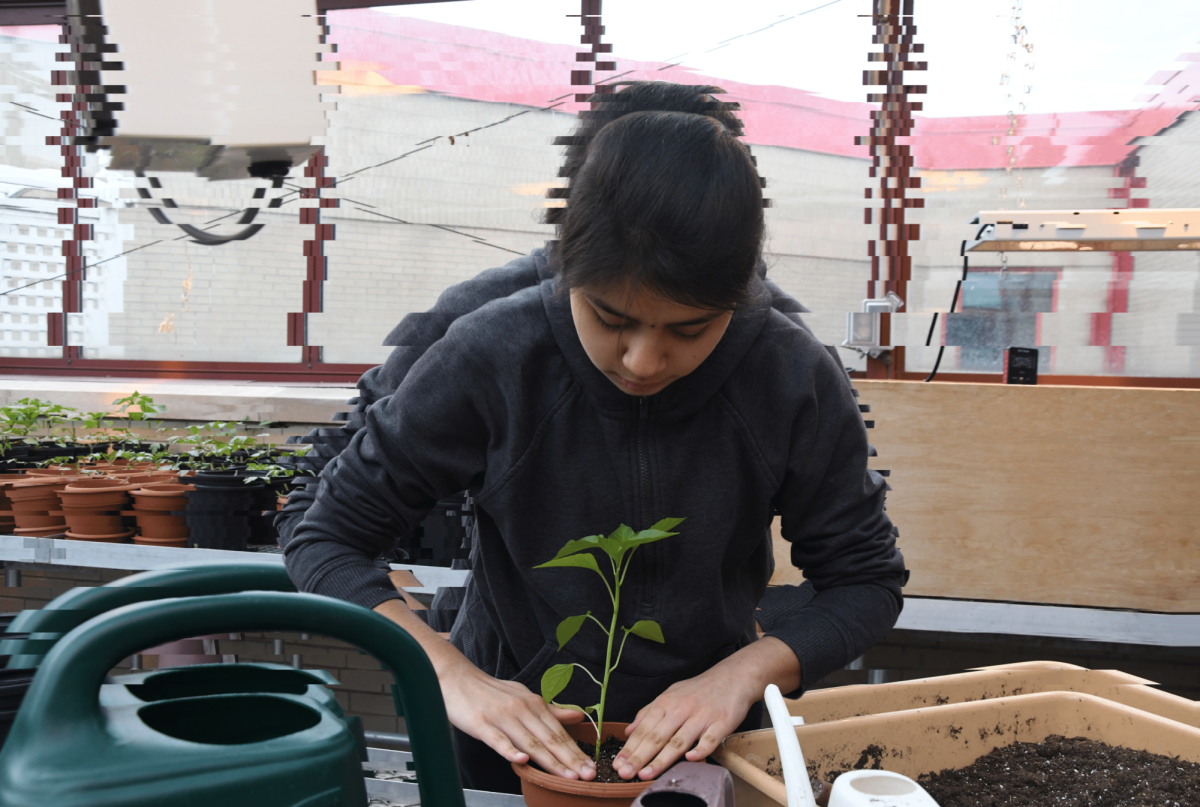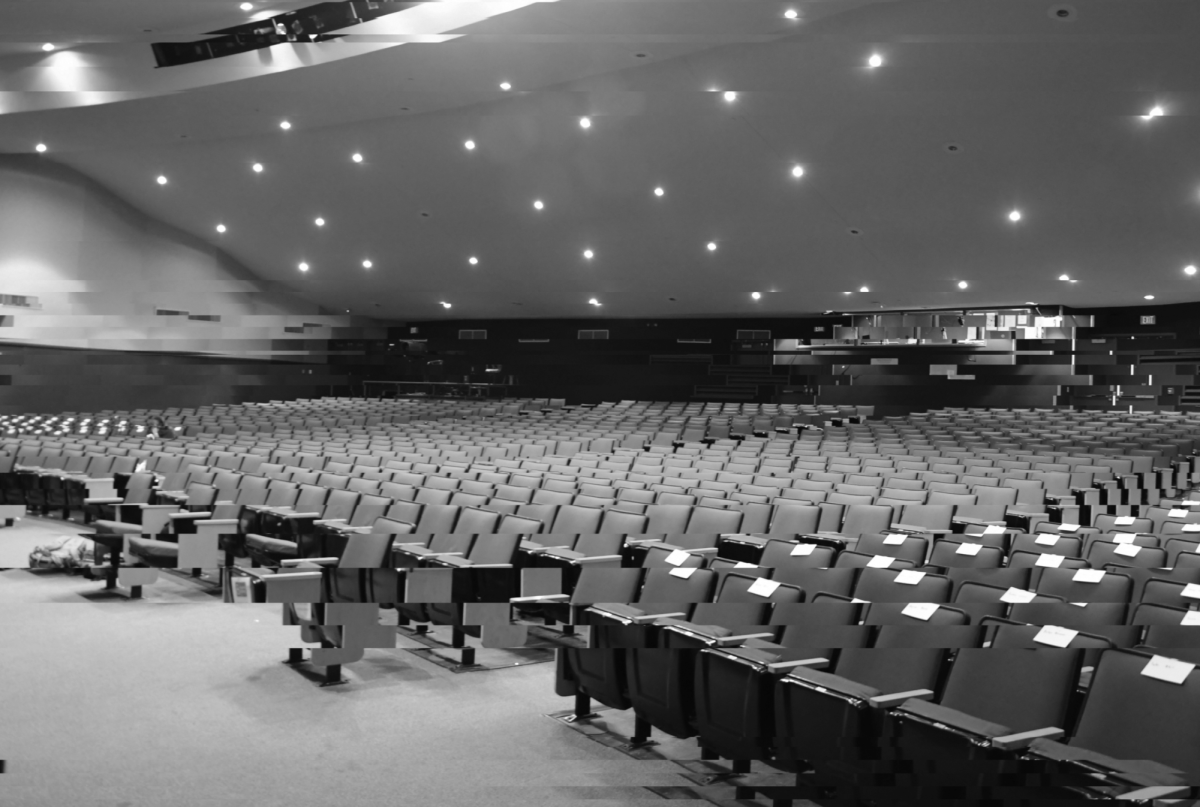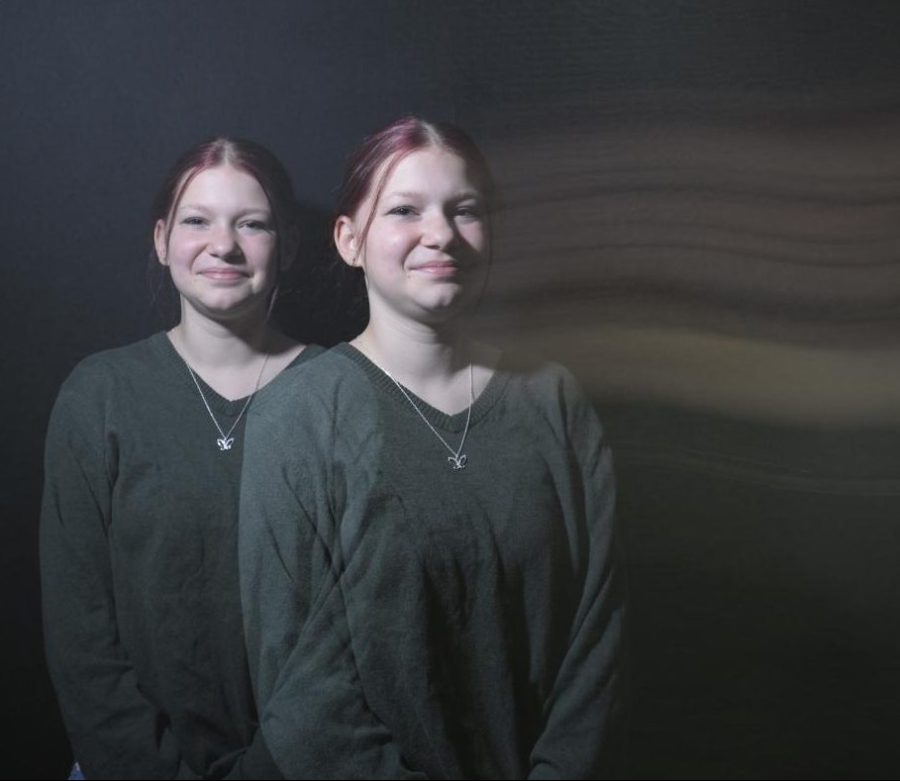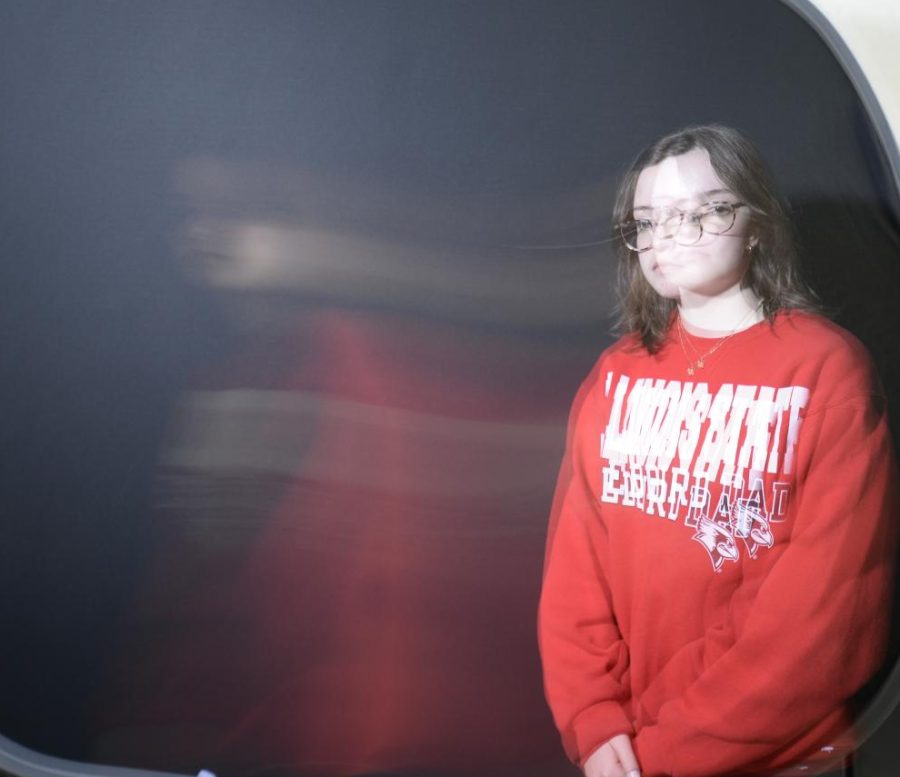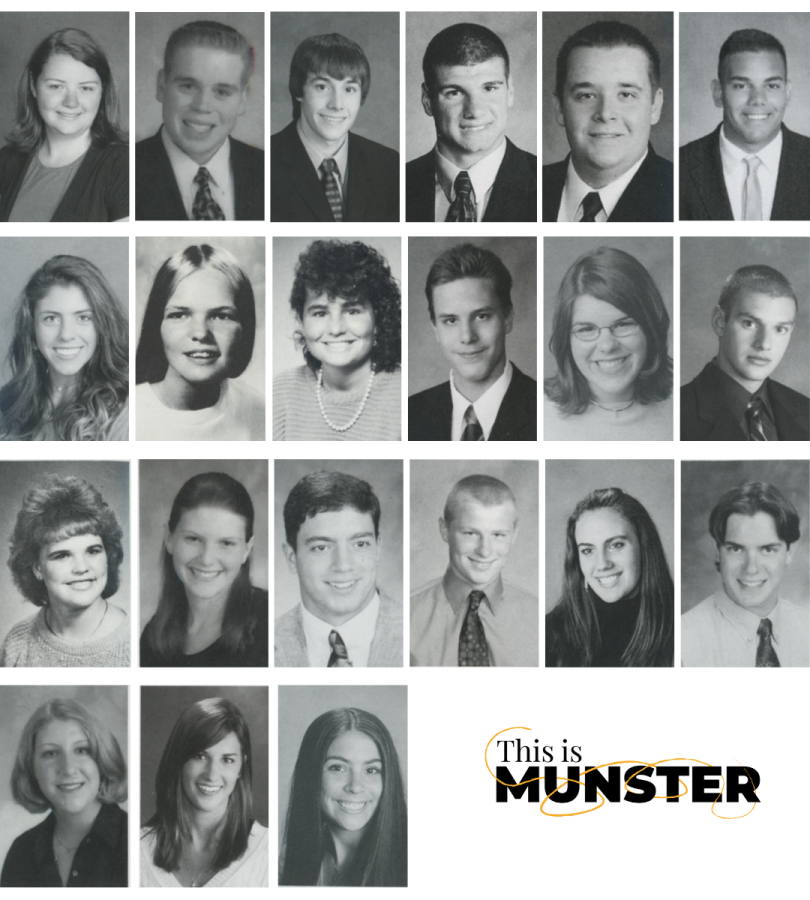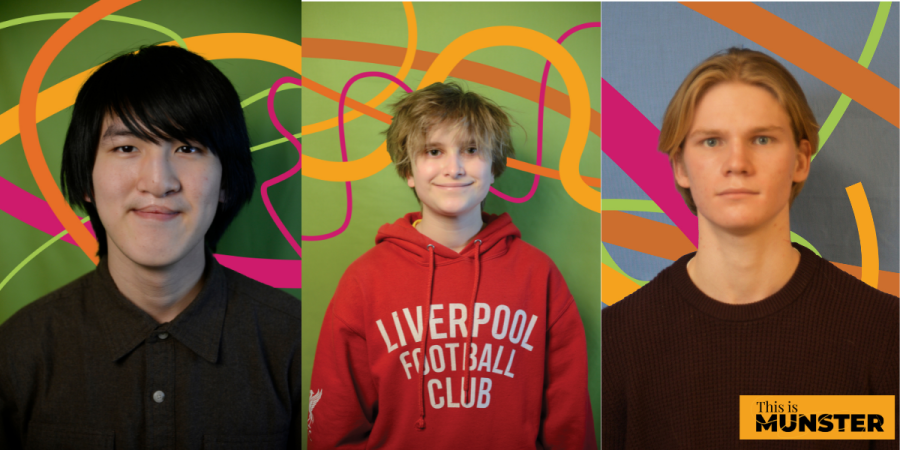Students discuss the difference between being anti-racist and non-racist
May 11, 2021

To those who haven’t experienced racism, the Black Lives Matter movement was nothing more than a month-long period of Instagram posts and letting others know, “I’m not racist.” To those who have experienced racism their entire lives, the Black Lives Matter movement was a movement that
highlighted a portion of the deep-rooted discrimination they had dealt with for decades.
“(‘Non-racist’ and ‘anti-racist’) are very different,” Shivani Collur, senior, said. “Being ‘non-racist’ is essentially just saying that you are not racist. Being ‘anti-racist’ is when you go out of your way to show support and solidarity for the BLM or Protect Asian Lives Movement.”
Nearly a year ago, students gathered in the auditorium parking lot, equipped with masks, water bottles, and large poster boards decked out with messages and slogans, a large desire to show their solidarity for the BLM movement. Ashton Rivera, senior, was in this crowd.
“I saw people there (that) I wasn’t expecting to see,” Ashton said. “(It was) solely because I had never really heard them talk about issues like racism before, but I was pleasantly surprised by the outcome of people that came out to protest despite our town being not that diverse.”
Despite the amount of support that was seen last summer, much of it has died down. According to Google Trends, Google searches for the phrase “Black lives matter” peaked from May 31 to June 6 of last year, and has been unmatched at that level since. But issues such as police brutality and systemic racism were in existence long before BLM started, and they haven’t disappeared since the movement died down.
“BLM became a bit of a trend. It is not receiving the same attention it still deserves,” Ashton said. “The issues that the BLM protests were about are still very present and still need to be talked about and dealt with, but the spread of information and resources really died down after a while.”
Many have begun to re-examine their role in the movement. Between #blackouttuesday, where Instagram users responded to the uproar by posting a singular black square, to call-out posts relating the frustrating lack of accountability and actual helpful action, there has been much conflict on how much people should contribute. Performative activism has been a heated topic disputed at length as more and more people began to post on social media, with a large distinction between the screen of technology and genuine, impactful advocacy.
“I think performative activism can be taken in different ways, like people who did the black square,” Jonathan Bryson-Harvey, junior, said. “I know there are a lot of people who think (that) by just posting a black square, they’re done and that it really made a difference. Then there’s people who go above and beyond linking GoFundMe’s, attending these protests, and they’re actually actively making a difference.”
By identifying internal intentions and targeting personal prejudices, change can begin to happen as a society. To begin, the distinction must be spread involving what truly details simply being “not racist” compared to fighting racism.
“When I hear non-racist, I think of somebody who is passively accepting to all races,” Jonathan said. “I think somebody who is non-racist doesn’t discriminate, but is also not willing to take action on those who do discriminate. An anti-racist person is somebody who actively works to change the ideologies of those who are racist in the world to make people aware of injustice to actually make a change. The difference is definitely taking action in those terms. There’s a lot of people who have malicious intentions, and a lot of people who aren’t aware of that. If people will try to change, they are definitely more respectable, in my opinion.”
In the fight to end social injustice, there is no shortage of ways that someone can contribute to making a difference. Admitting that racism exists and actively spending time to educate oneself goes miles compared to performative activism, according to Shivani.
“Donating to anti-racist foundations like the BLM movement can be helpful,” Shivani said, “but it is understandable that not a lot of us in high school make our own money to do that. However, we can continue to do anything we can to help our fellow people of color, like check up on them every now and then. I believe people have become a bit more aware on sensitive topics such as racism and many have become educated. People have begun to understand the importance of these topics and how harmful stereotypes and derogatory terms can be towards different groups of people.”
Activism doesn’t end with a quick Instagram post. The most impactful way to change institutional racism is to re-educate oneself. Looking into how harmful stereotypes affect POC and understanding that racism goes further than what students learn in school both hold substantial value. People that have not directly felt racism cannot speak for those that have, but they can educate themselves to understand what it truly is.
“If you really want to make a difference, the best thing for you to do is to educate yourself,” Jonathan said. “You need to do research, (on topics like) how communities are really struggling. It’s important to acknowledge that racism does exist, and people are underprivileged because of their color. That will show you that this is a real thing. It’s not something that a black square will necessarily get rid of completely. It’s on you, it’s on the message that you spread, and as you carry throughout your life.”




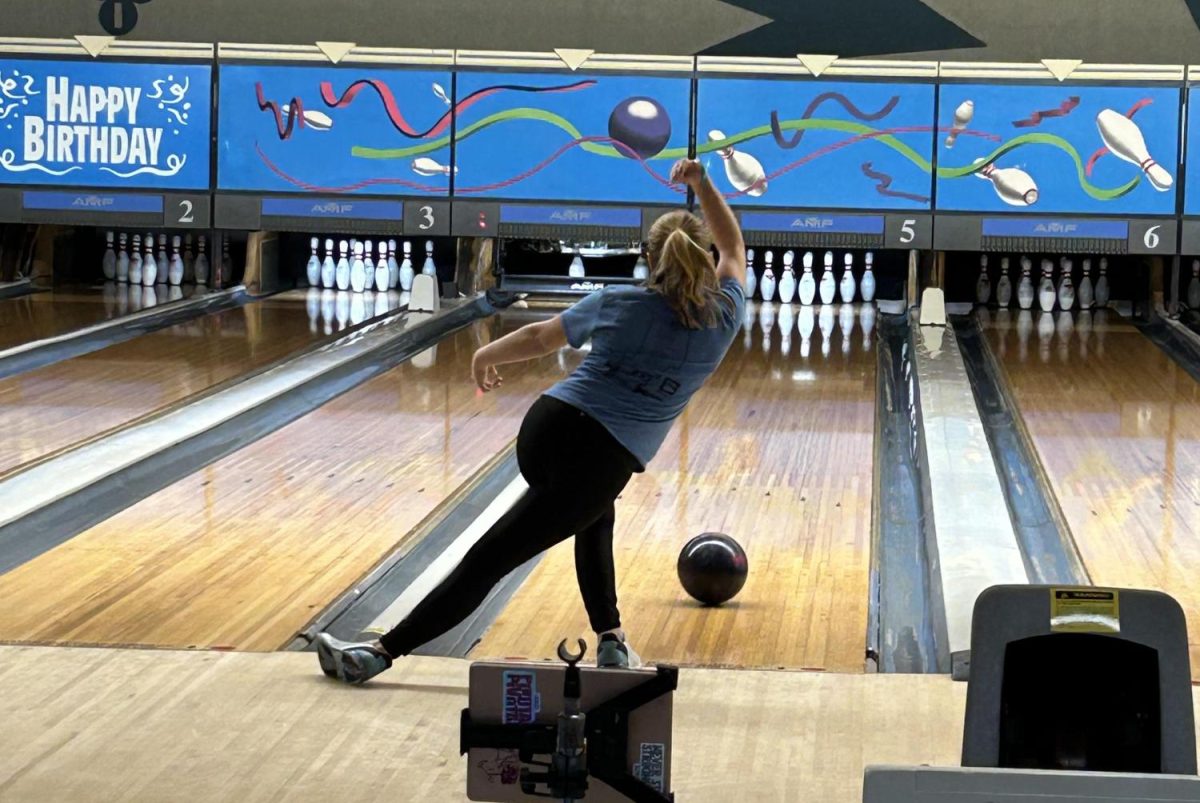
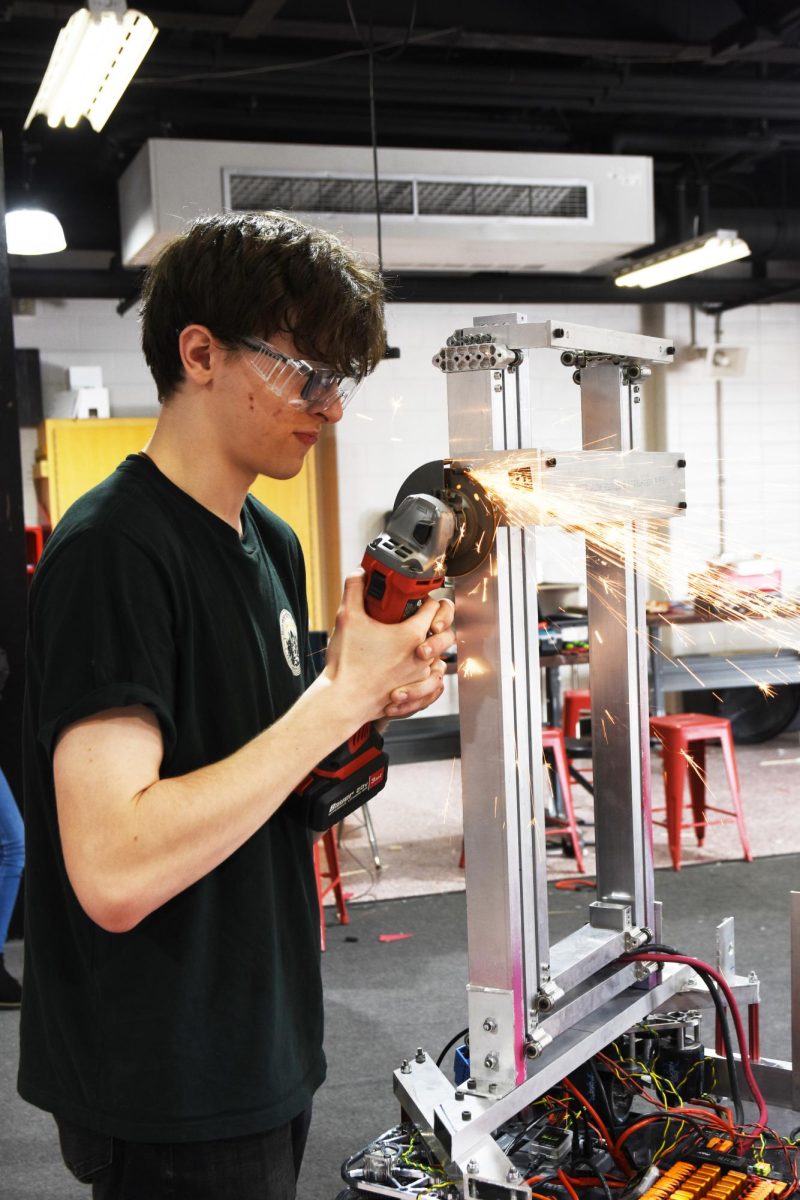




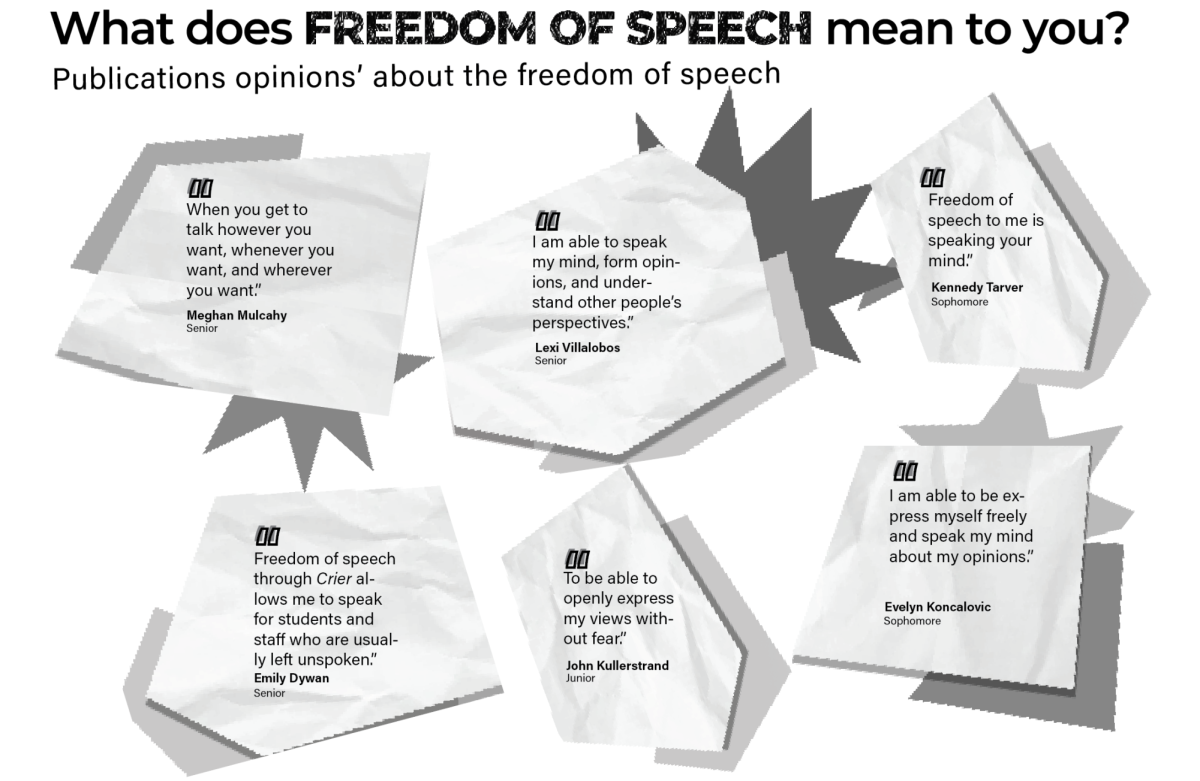



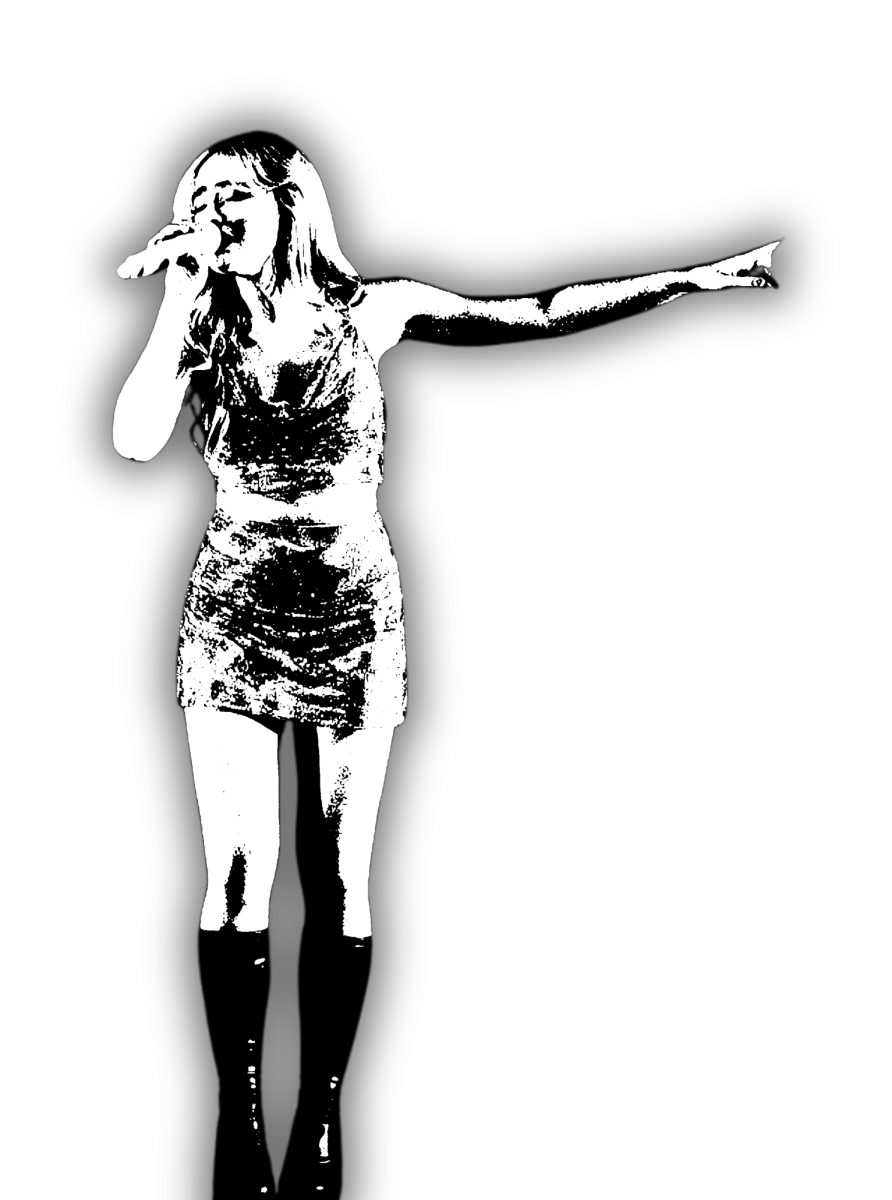

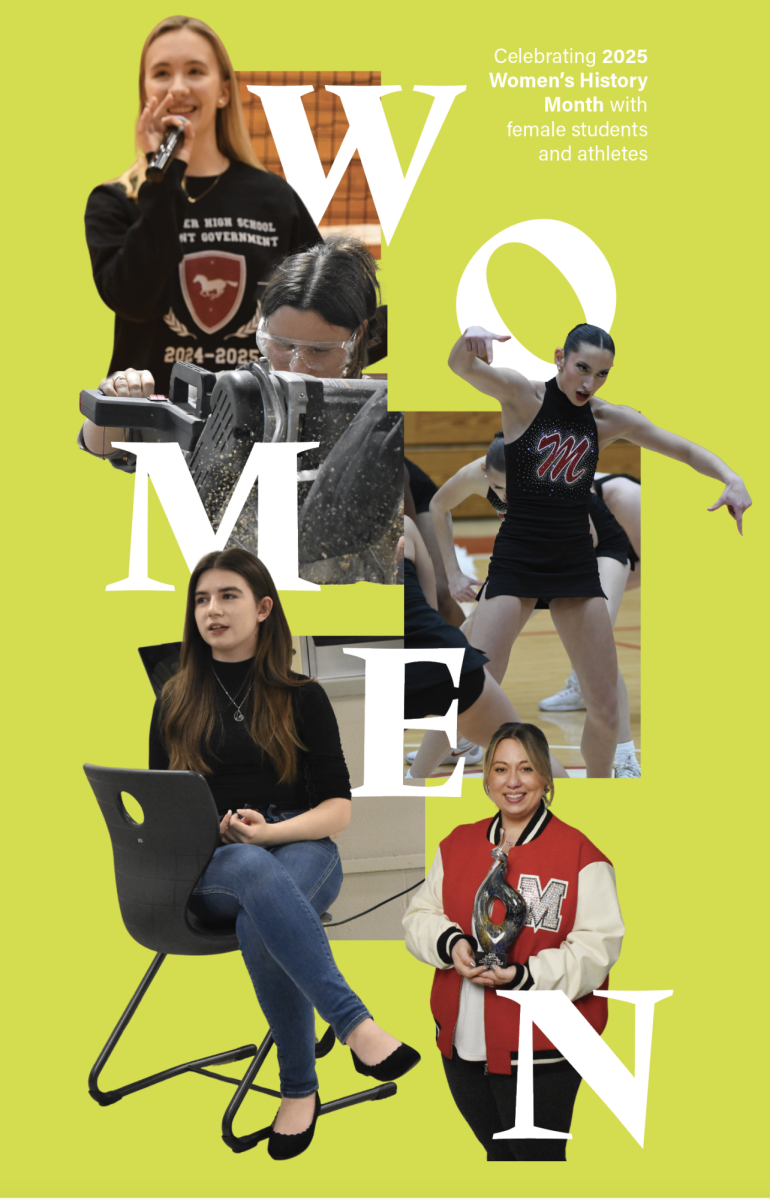
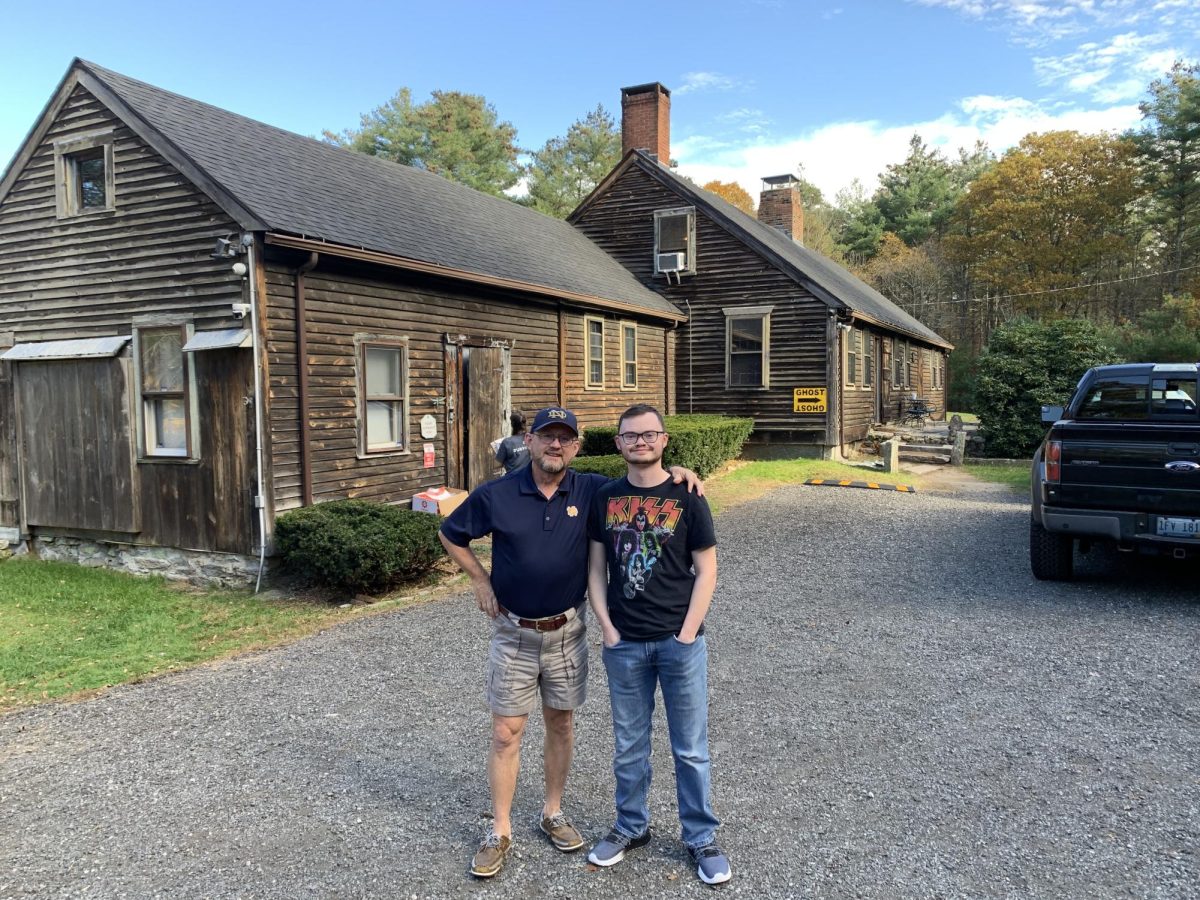
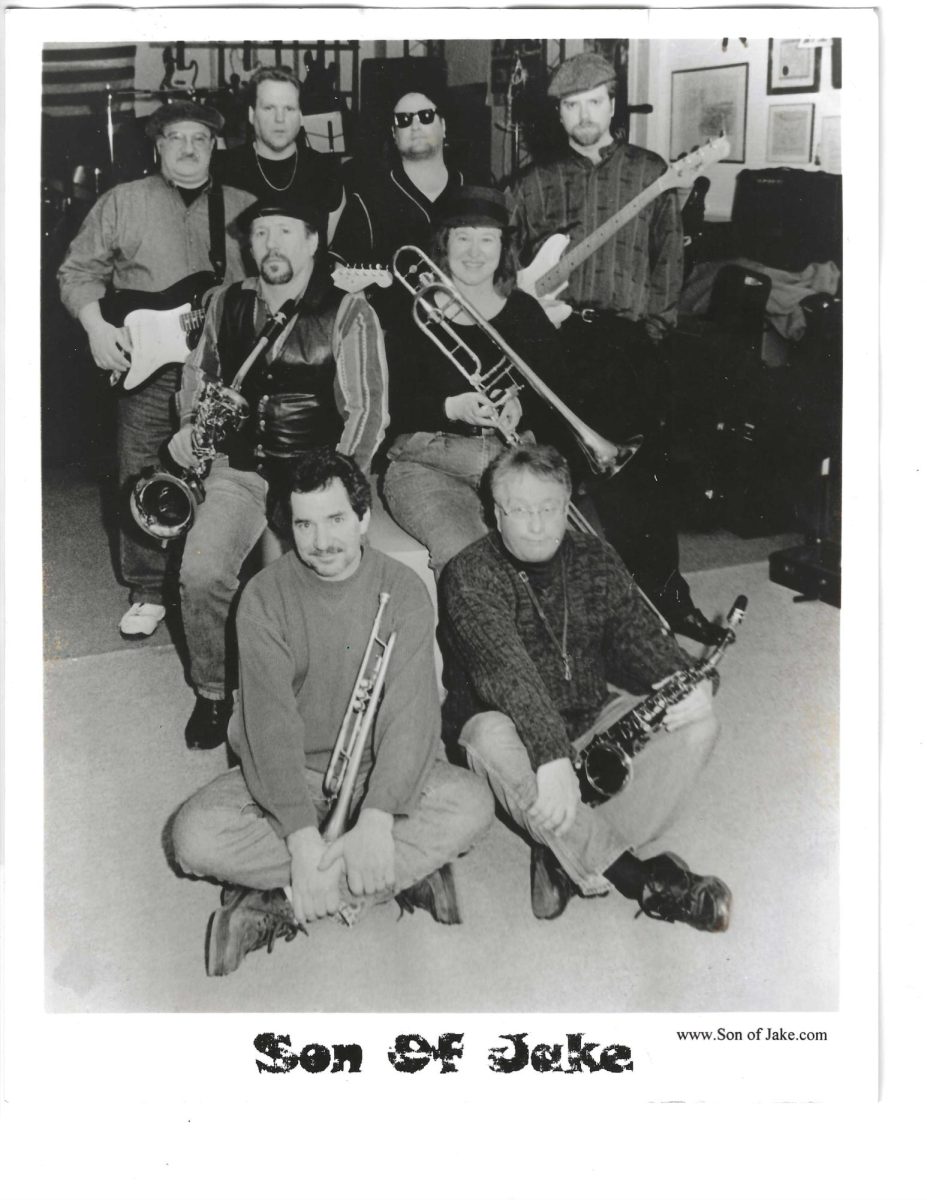
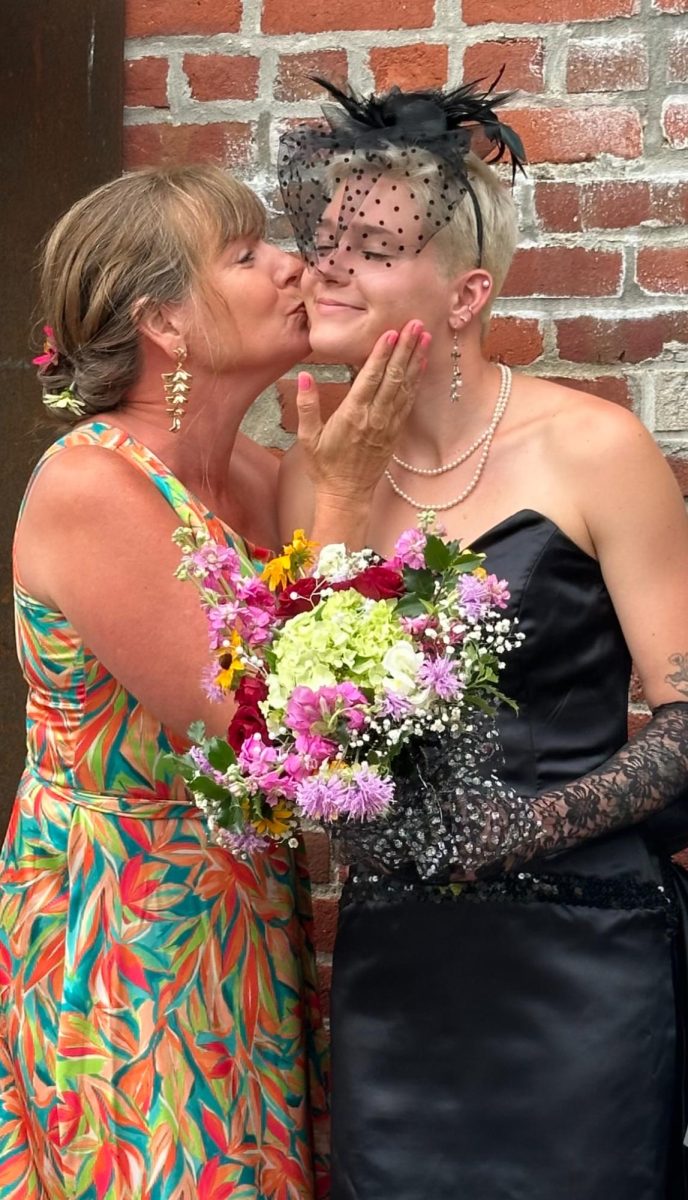

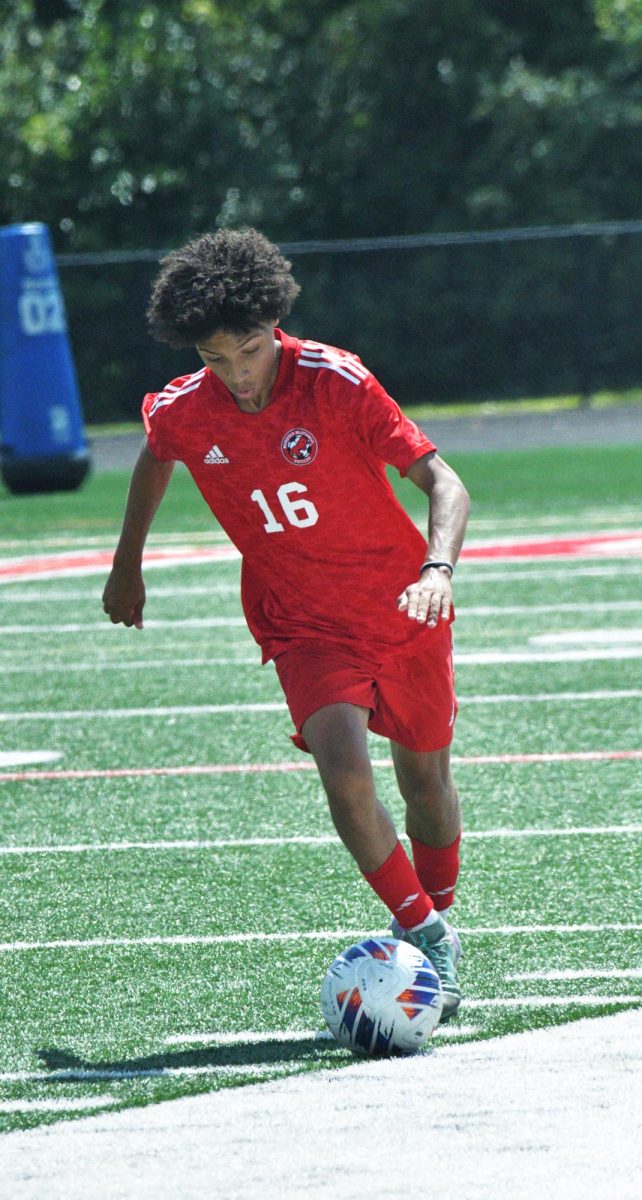
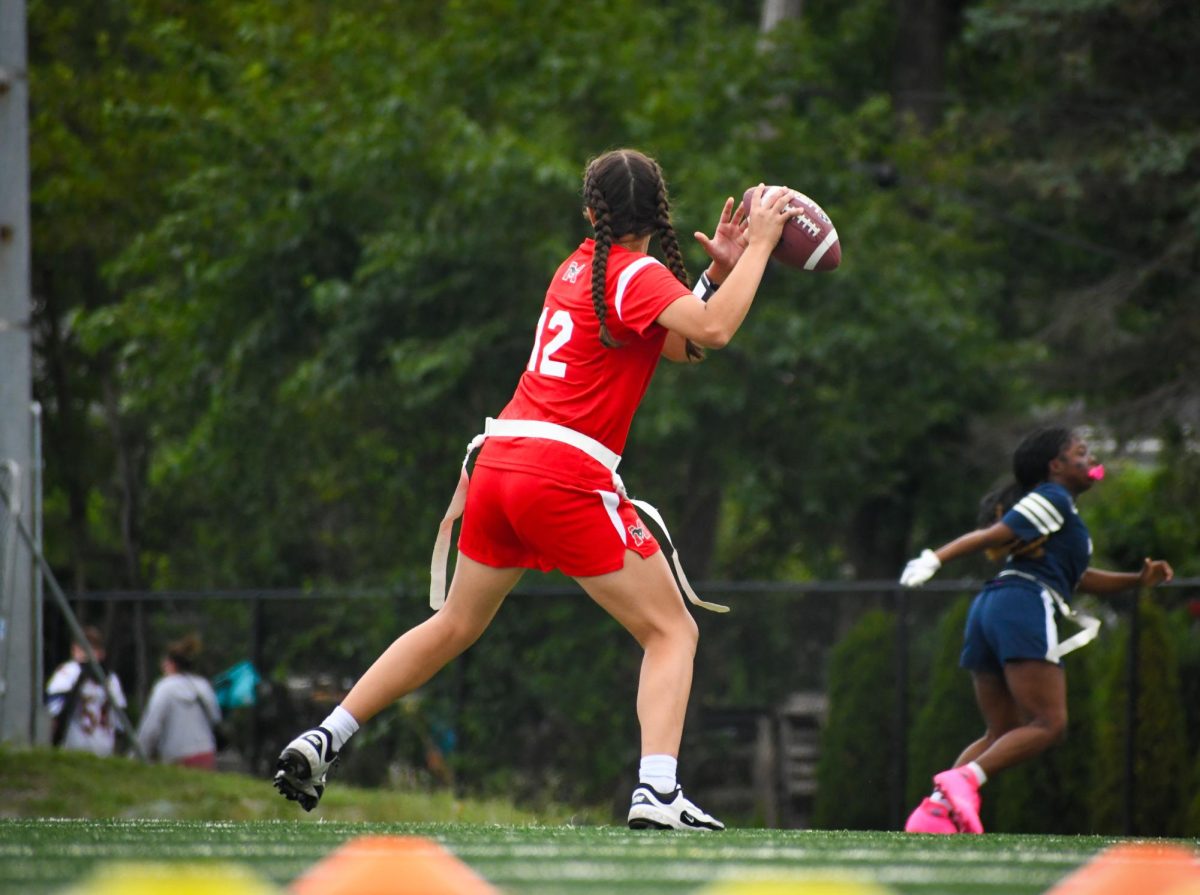
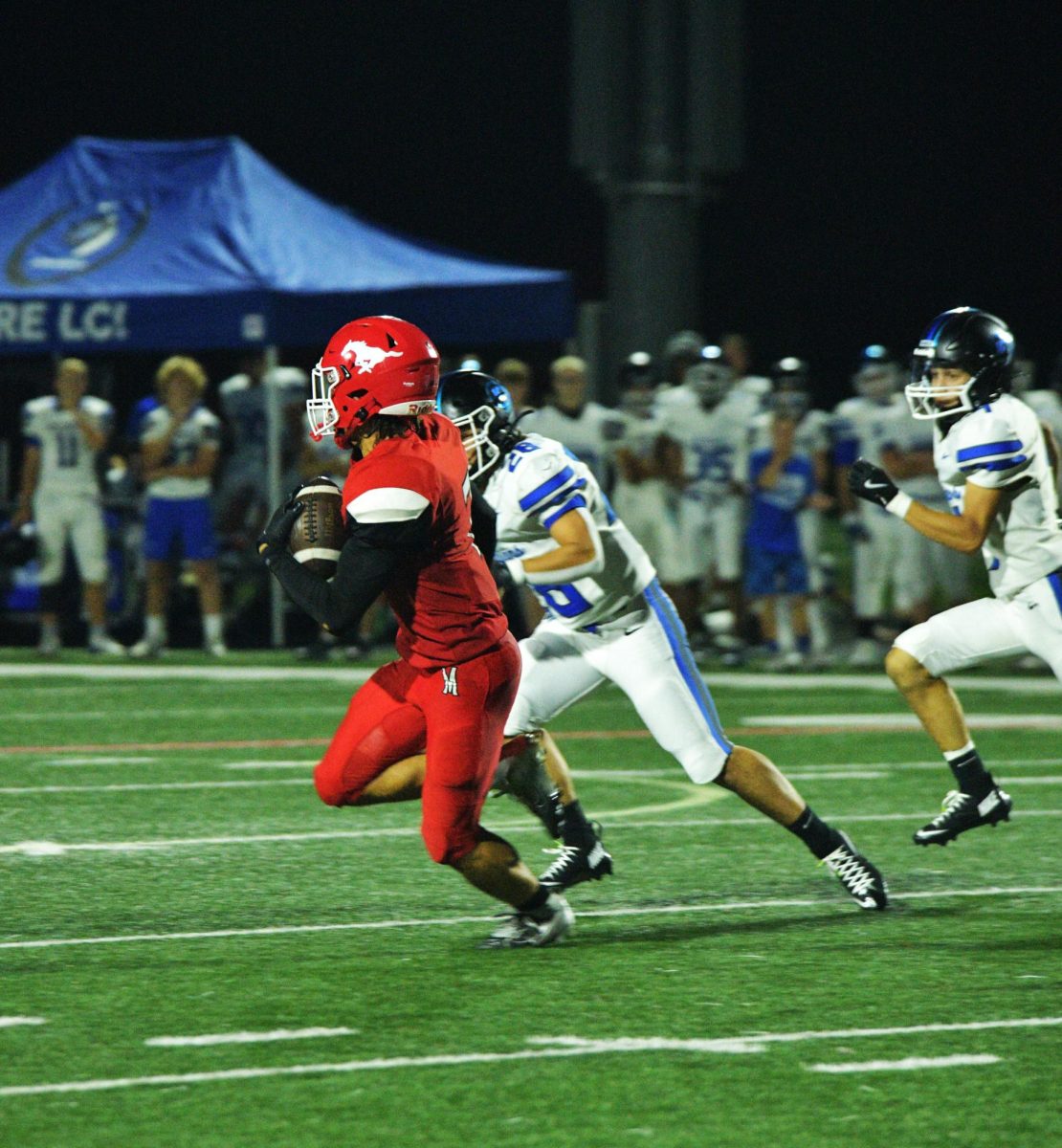
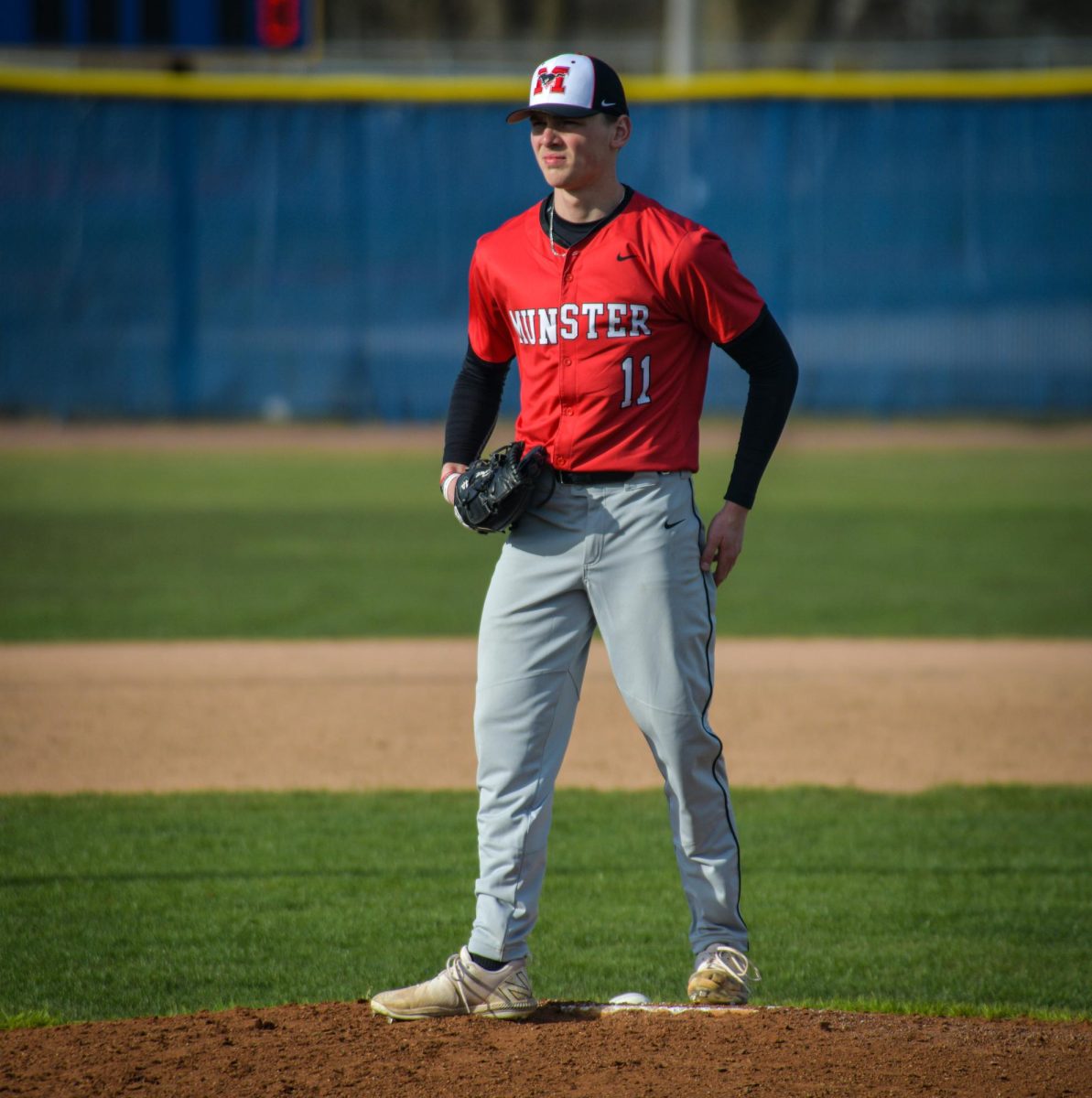
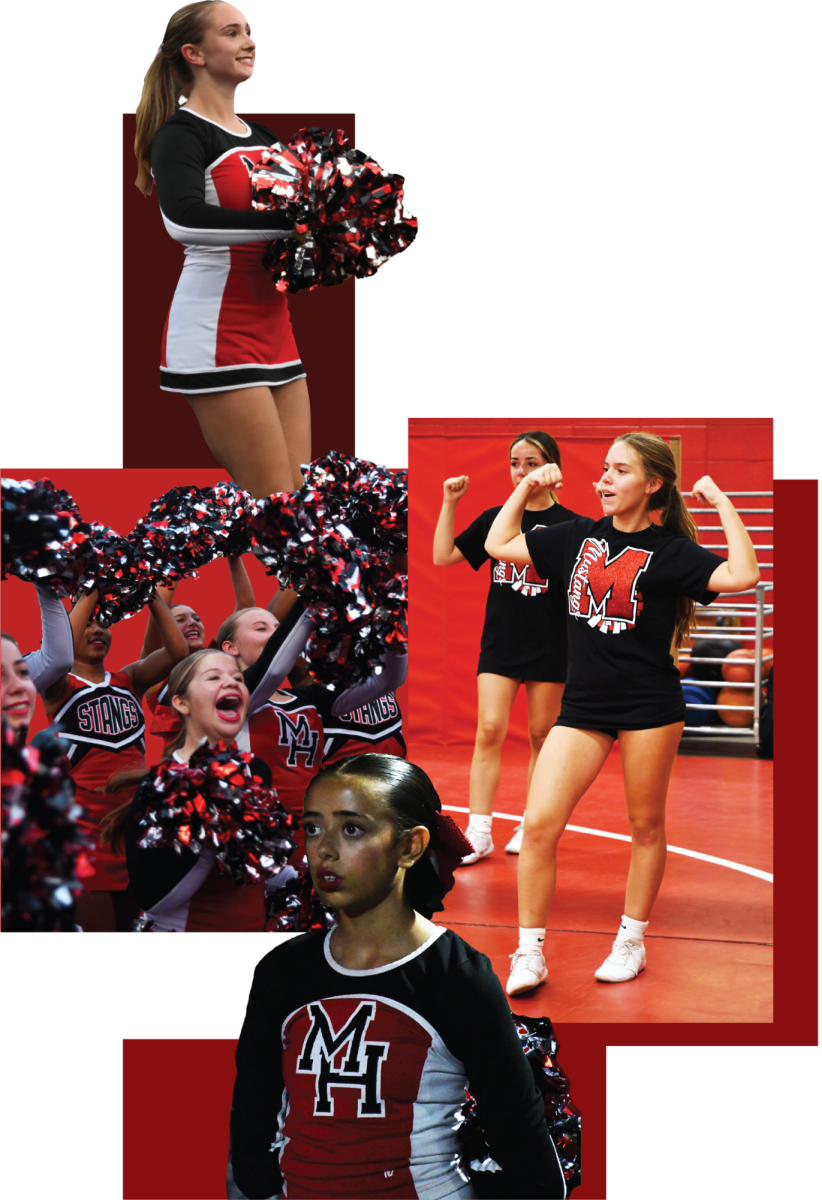
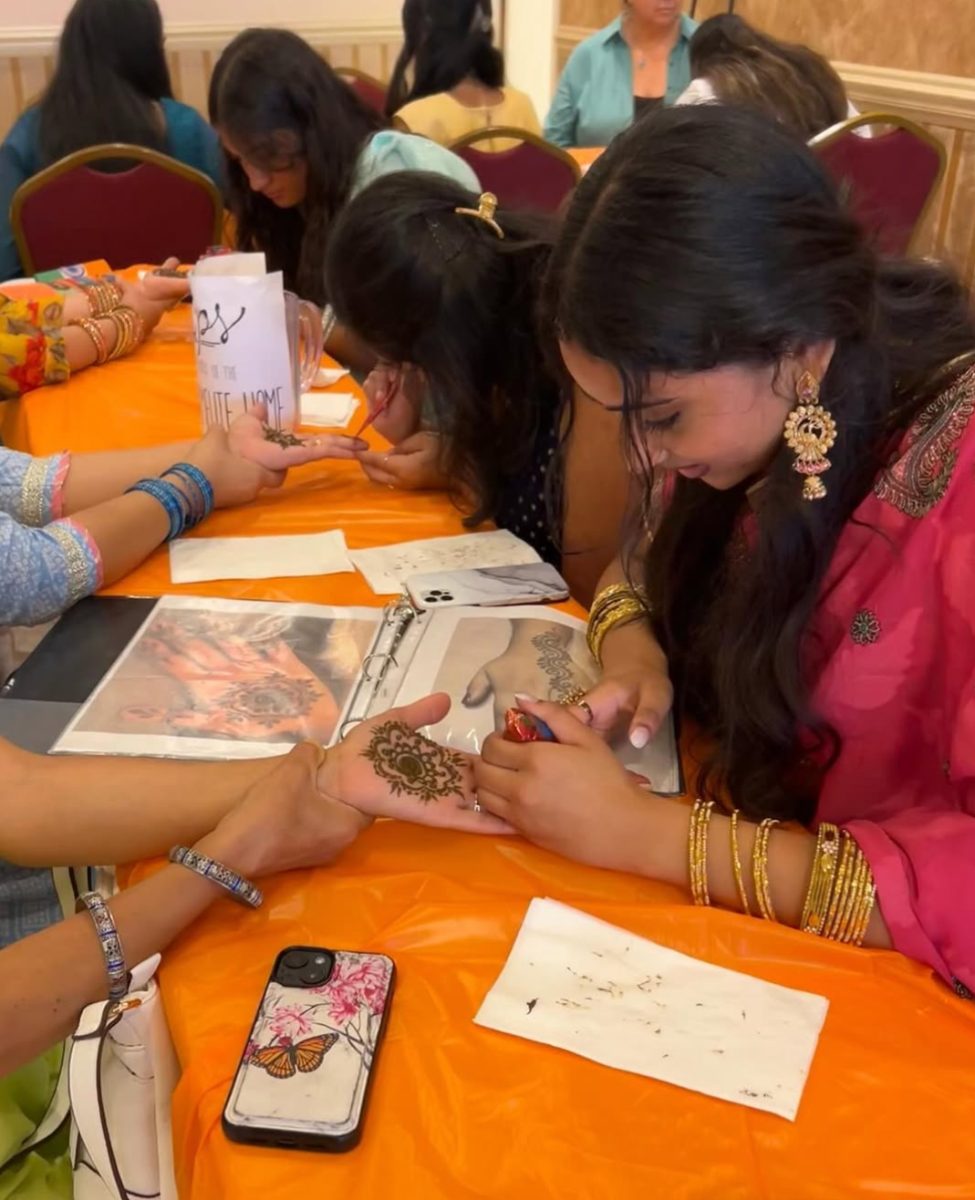

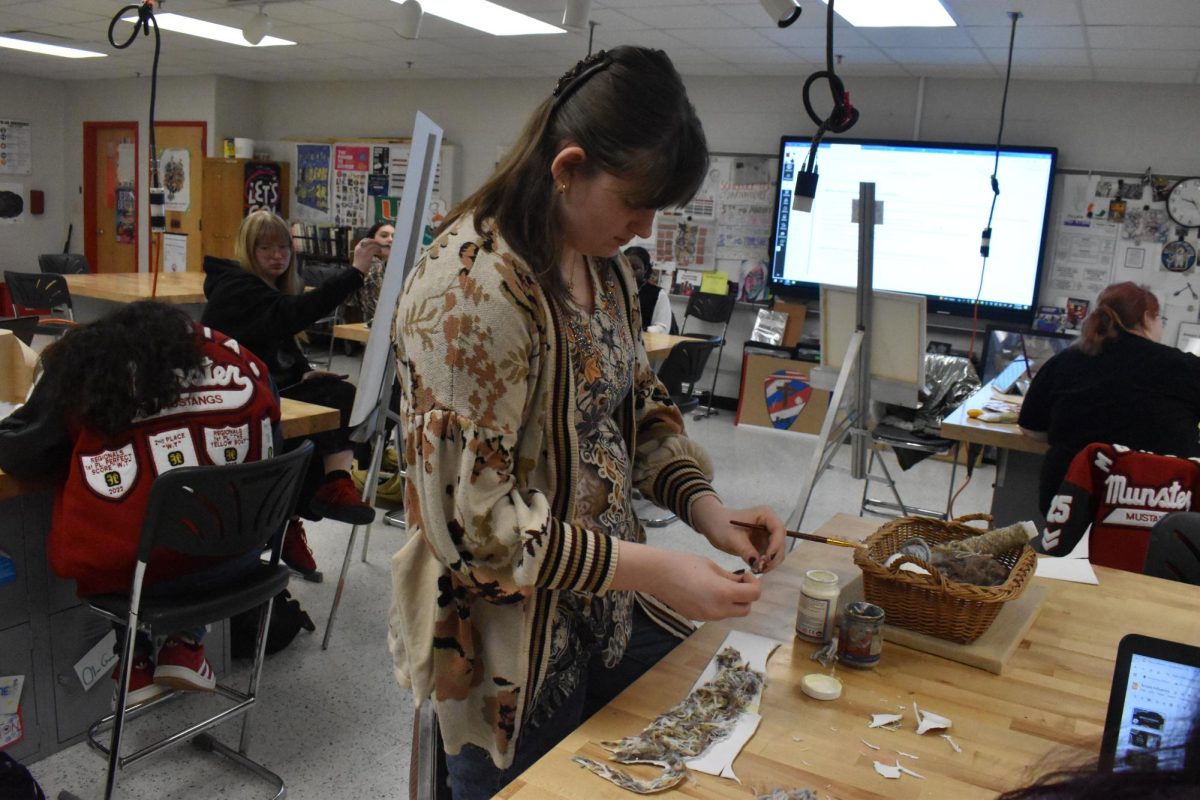

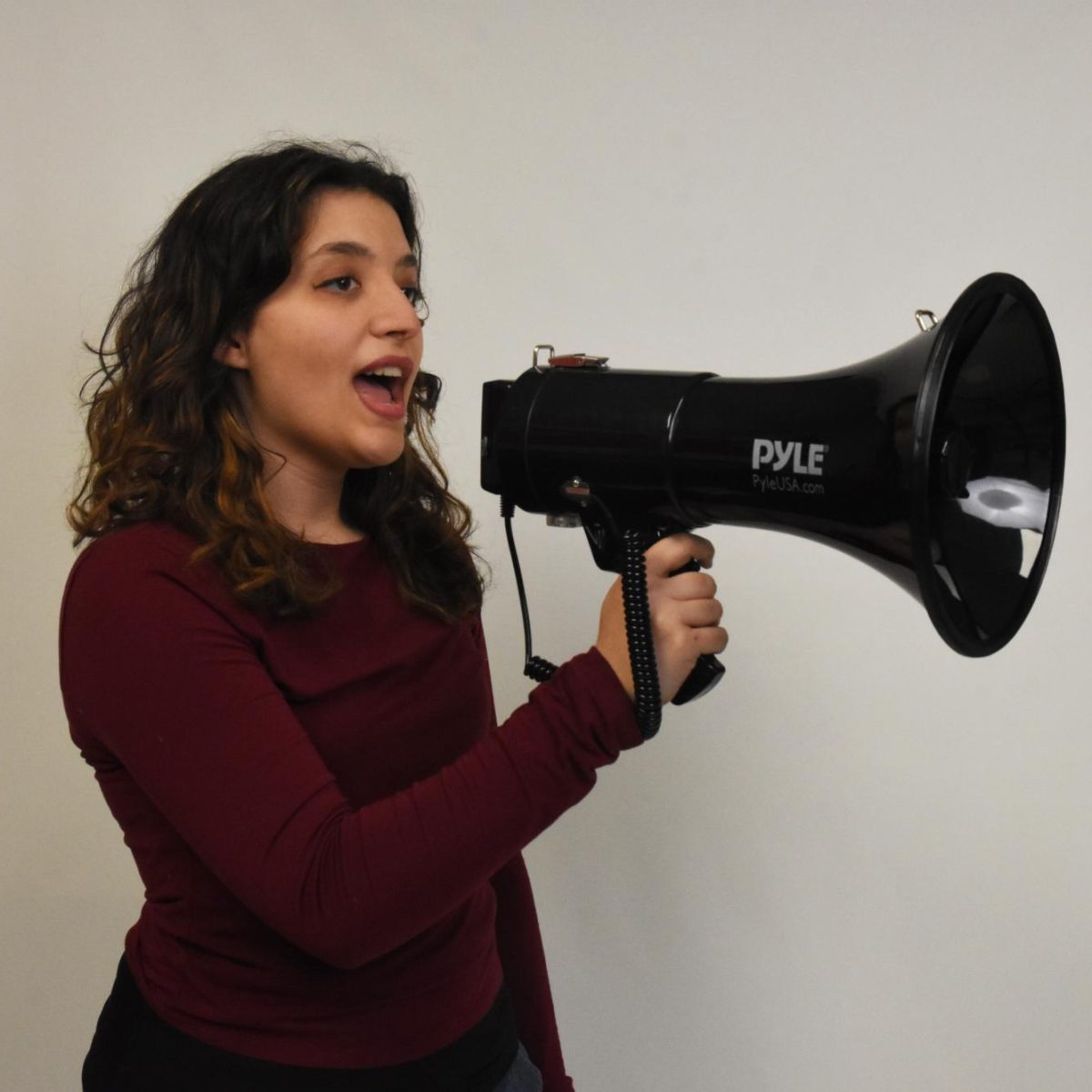
![SNAP HAPPY Recording on a GoPro for social media, senior Sam Mellon has recently started a weekly sports podcast. “[Senior] Brendan Feeney and I have been talking about doing a sports podcast forever. We love talking about sports and we just grabbed [senior] Will Hanas and went along with it,” Mellon said.](https://mhsnews.net/wp-content/uploads/2025/04/sam-892x1200.png)




